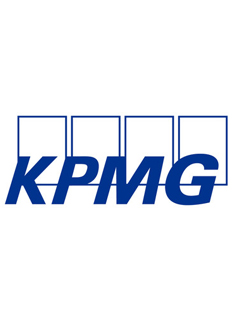Closing the gaps in portfolio company board effectiveness
Investors’ ability to assess strategy and operations at their portfolio companies is largely dependent upon the effectiveness of their portfolio company boards.

Venture capital investors, private equity firms, and family offices may have different expectations of their portfolio companies, but these investors’ ability to assess strategy and operations—and monitor the progress of their investment—is in large measure dependent upon the effectiveness of their portfolio company boards.
To better understand the challenges facing portfolio company boards today—what works, what doesn’t, and the opportunities for improvement—we surveyed more than 250 portfolio company directors, falling into three categories: portfolio company executives, investment professionals, and outside directors. We asked the directors to supplement their survey responses with write-in comments to expand on their views.
Continue reading or download PDF
Dive into our thinking:
Closing the gaps in portfolio company board effectiveness
To better understand the challenges facing portfolio company boards today—what works, what doesn’t, and the opportunities for improvement—we surveyed more than 250 portfolio company directors, falling into three categories: portfolio company executives, investment professionals, and outside directors
Download PDFTaken together, the survey responses and write-ins provide meaningful insights into the state of portfolio company board governance. Key takeaways include the following:
- Agenda setting. Given the complexity of the business and risk environment, it comes as no surprise that a critical challenge for portfolio company boards is to devote adequate agenda time to strategy, risk, and long-term value creation. In fact, seventy-two percent of directors surveyed said that building forward-looking board agendas was one of the areas needing the most improvement—more than for any other category. “Alignment of controlling shareholders, company management, and independent directors on strategic direction and value creation is critical, and a continuing challenge.”
- Composition. A related challenge is portfolio company board composition—particularly linking board composition with company strategy, both for the short term and the long term. Portfolio company executives give their boards significantly lower scores on “aligning board composition with the company’s future needs” than investment professionals and outside directors.
- Communication. In many aspects of portfolio company governance, those surveyed said the board-management relationship is generally good, but nearly half of outside directors and company executives surveyed see a need for portfolio company shareholders to be more transparent in their communications with the board and management. Conversely, in their write-in comments, investment professionals emphasized the need for management to be more transparent and provide important information on a more timely basis—and between board meetings. “Management teams don’t like to deliver bad news and are afraid of the consequences.”
- Independent leadership. Lastly, portfolio company directors surveyed have differing views regarding independent board leadership. Nearly three-quarters of outside directors and a majority of company executives see the role of lead independent director/non-executive chair as “highly important,” compared to only forty-percent of investment professionals. “Passive representatives of shareholders are dangerous to the survival of a company. Most investors only have a couple of ‘A Team’ board members whom they carefully deploy.”
While there is no secret formula for board effectiveness and improvement—particularly for boards of privately held companies with different ownership structures and stages of maturity—we believe that these survey findings can be used to help boards assess their own performance and identify opportunities for advancement.
Meet our team

Receive the latest insights from the Board Leadership Center
Sign up to receive Board Leadership Weekly and Directors Quarterly
